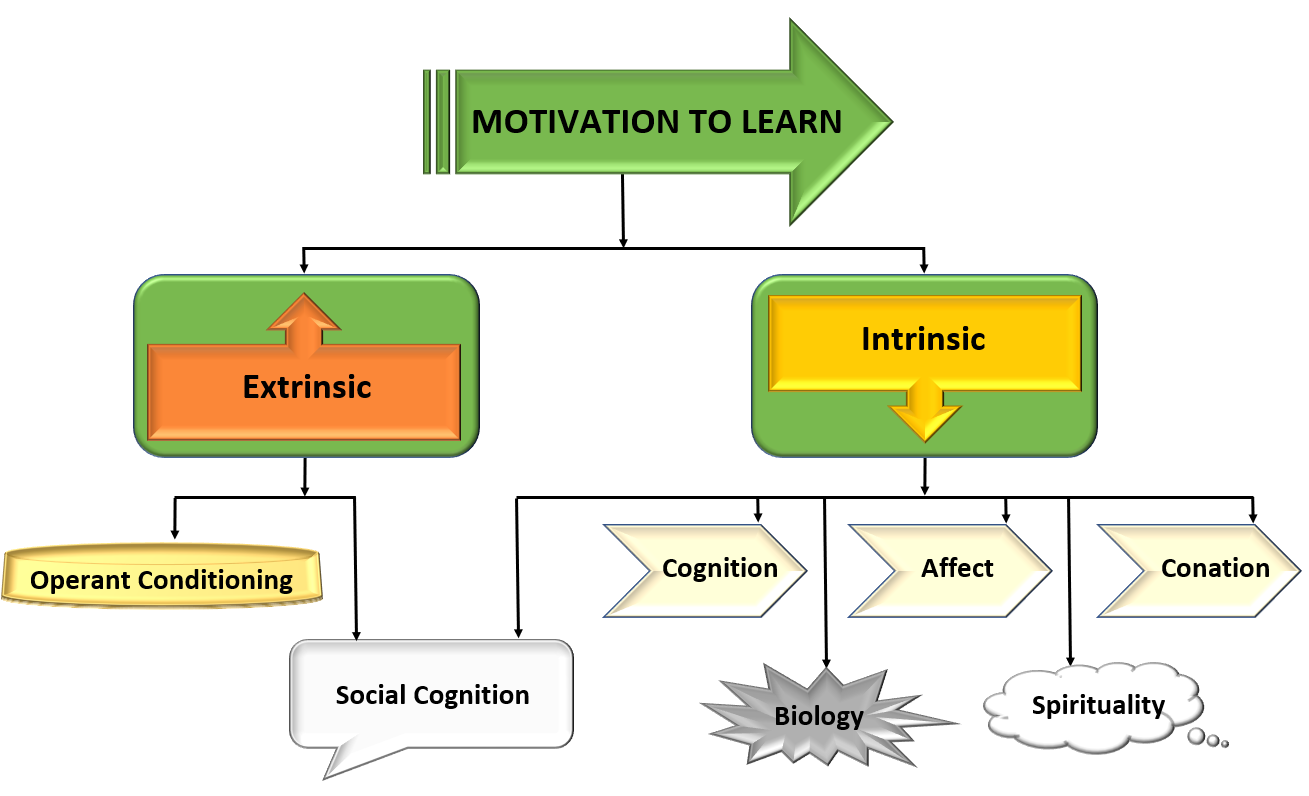11.4 Motivation for Learning
Metaphor theory, within organizations, helps to extend knowledge for attaining certain goals. This is perhaps the most important task when leading and managing learning within an organization. Motivation also needs to be considered when dealing with learning. Motivation is a person’s willingness to attain goals or carry out a task. Through a narrative research inquiry, Lennie describes a leader who uses metaphorical management as a motivational tool to modify the organizational direction of the company[12]. What this inquiry suggests is that an individual can use metaphors in a way to enhance positive motivation out of learners.
One framework that connects motivation with learning comes from the area of the corporate culture. The Competing Values Framework (CVF) allows for insight relating to self-awareness in an organization[13].

What the CVF accomplishes is a check and balance towards a healthy work environment, all while outlining motivational values for the individuals, and forces (both internal and external). Flexibility and stability are weighted and measured against different motivations from various people.
The willingness to learn is an interesting course of study, especially when motivation can be used in pedagogical practice. Through a systematic review of the literature, Harlen and Crick describe the different implications for this practice by sharing the emphasis on learning to achieve goals and to promote professional development for students through six motivational factors[14]:
- School ethos
- Curriculum
- Pedagogy
- Home Support
- Assessment Practices
- Peer Culture
What these factors represent is a tendency to guide students towards the behaviour of learning. The motivation to learn comes from extrinsic and intrinsic factors. Extrinsic factors are the environmental factors that can motivate or influence individuals, as opposed to intrinsic factors that come from an individual’s cognition or biological factors. Conation is the mental faculty of purpose, desire, or will to perform an action, or volition. Operant conditioning is a method of learning that employs rewards and punishments for behaviour.

Motivation cannot be implemented. Rather, it must be cultivated by acknowledging the learner’s extrinsic and intrinsic tendencies.

